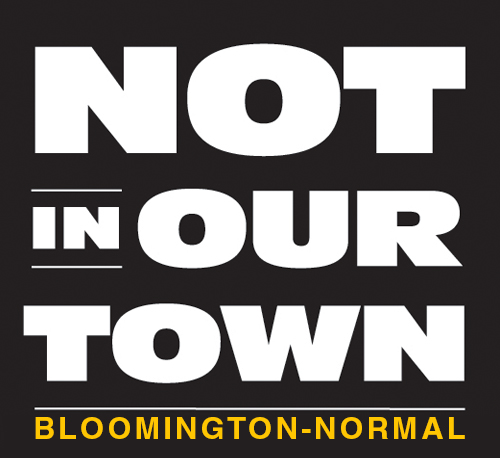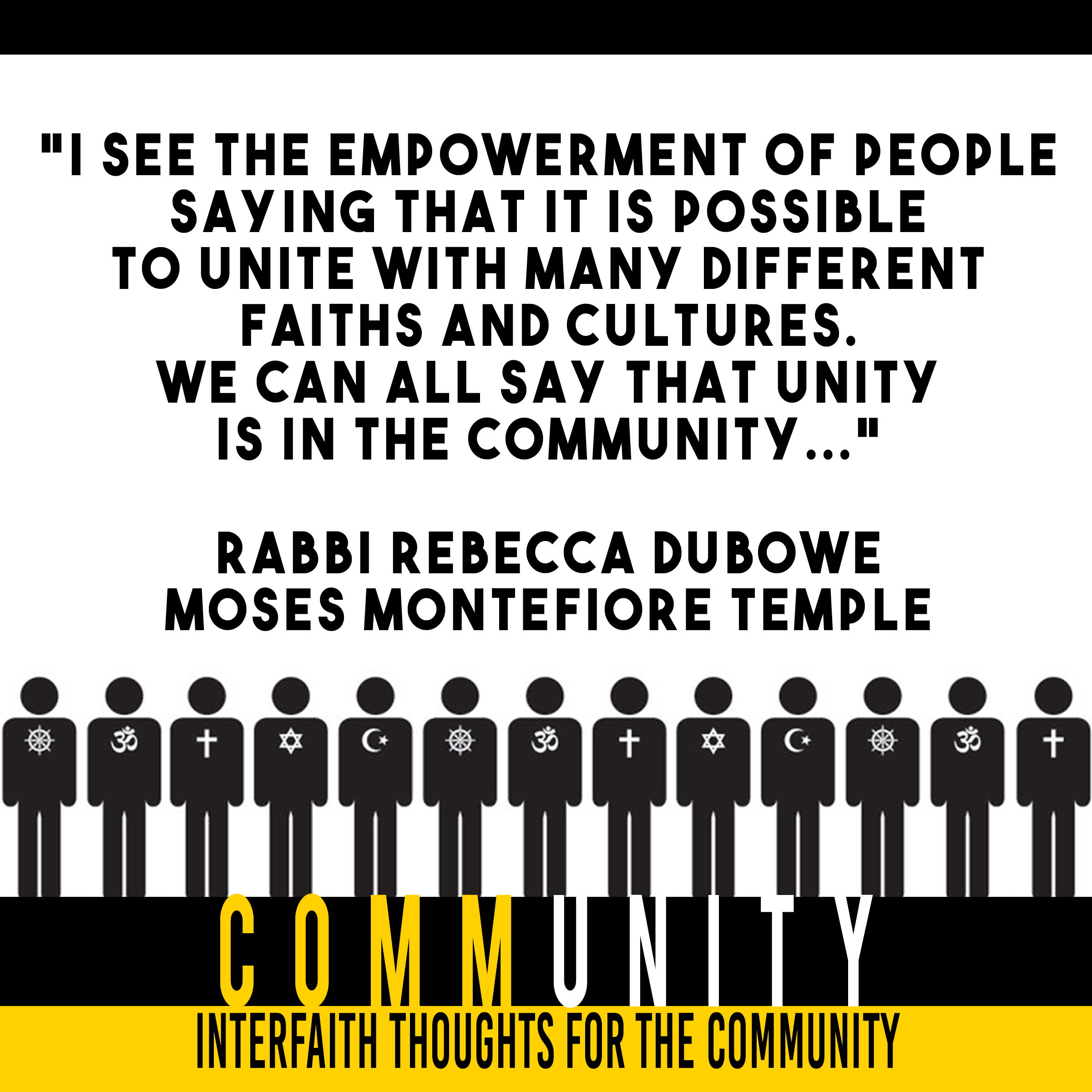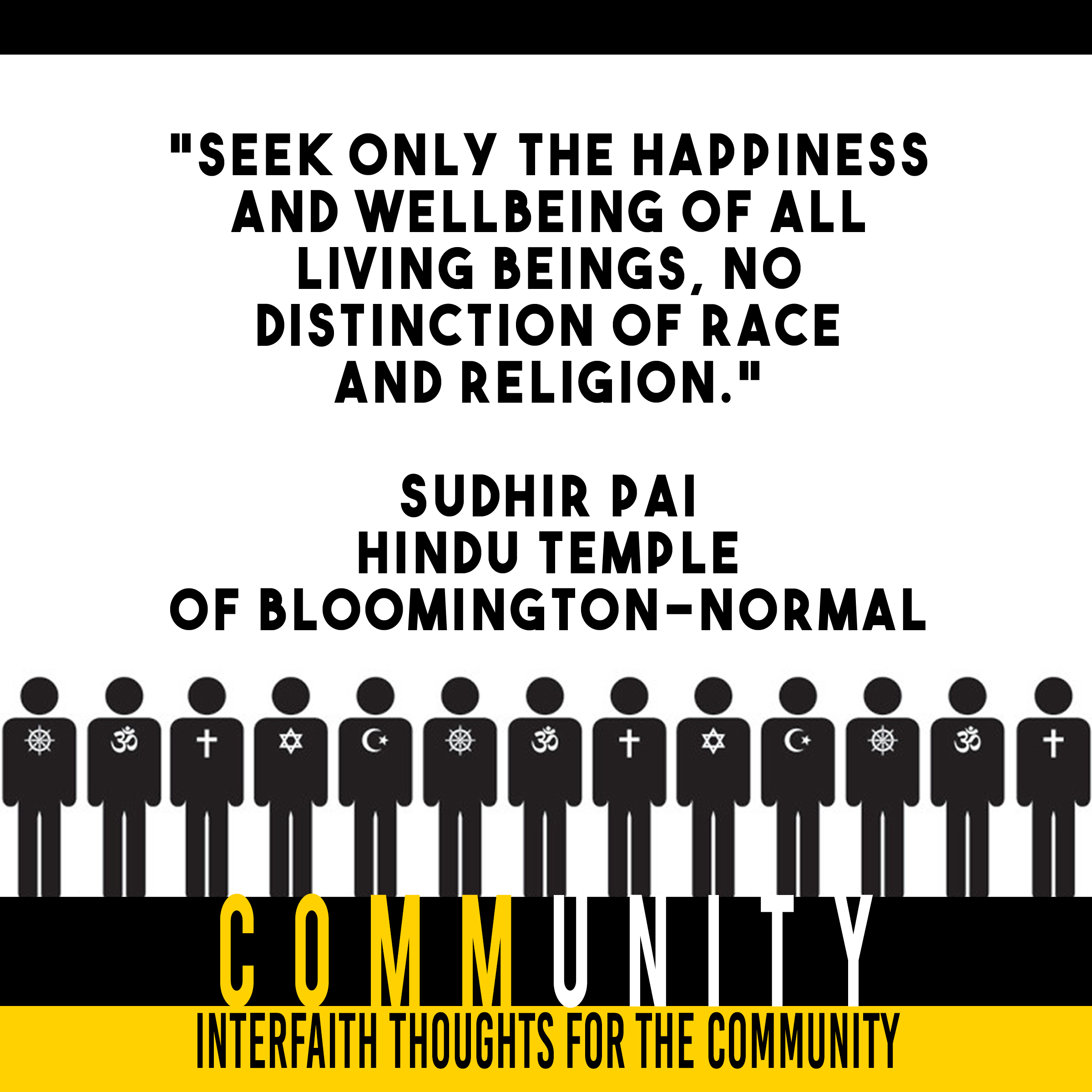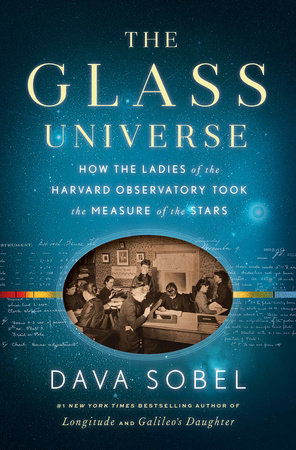In 1995, the organization came back to life under the leadership of Matt Hale. An avowed racist from an early age, Hale discovered the COTC in the early 1990s while going to school at Bradley University in Peoria, Ill, near his home. Joining the group in 1995, he seized control in 1996, changing its name to World Church of the Creator (WCTOC) and adopting for himself the title Pontifex Maximus ("highest priest"). Unusually well educated for a neo-Nazi (he ultimately earned a law degree in the late 1990s), Hale managed to revitalize an organization that had virtually collapsed after Klassen's death. From 14 chapters in 1996, WCOTC grew to 88 chapters by 2002, making it the neo-Nazi group with the largest number of chapters in America. Hale also built up the group's Web presence in the late 1990s, and proved adept at winning national publicity on a number of occasions.
But Hale also proved to be a bit of a cartoon character. He had spent almost his entire life living in his retired father's two-story house in East Peoria, operating out of an upstairs bedroom painted red to depict the blood of the white race. He never held a serious job, sported a Hitler wristwatch and used an Israeli flag as a doormat outside his room. He kept a collection of teddy bears on his bed, and although he eventually married — twice — neither union lasted more than a few months.
Hale's talk was big, but his walk was small. He told reporters that he had as many as 80,000 followers — a patently ludicrous assertion for a group that never had more than several hundred. He received national publicity for a Web page he put up that was supposedly meant to recruit young children — but confided to insiders that it was a publicity stunt (and a very successful one, at that) aimed at generating media interest. Hale appeared repeatedly on NBC's "Today" show and other national TV news programs and a leading New York Times columnist once described him as "the face of hate" in America. But the mundane reality was that Hale, while depicting himself as a red-hot leader ready to lead the revolution, spent much of his time lecturing in tiny library rooms under heavy police protection. Matt Hale, some of his crueler detractors joked, was rescuing the white race one library at a time.
Even so, Hale's group has attracted a number of sociopaths and other violently inclined individuals. In 1999, Ben Smith, a close friend of Hale even though the Illinois führer later denied it, left two non-whites dead and nine others wounded in Illinois and Indiana after a shooting spree that was spurred by the refusal of the Illinois Bar Association to grant Hale a law license. Another acolyte, Erica Chase, was convicted in fall 2002 in a plot to blow up landmarks on the East Coast. Other Hale's followers, many of them concentrated in Florida, have been arrested for aggravated assault, armed robbery, witness intimidation and attempted murder.
While Hale's efforts to market himself and his organization earned him a great deal of public notoriety, internal conflicts were ripping WCOTC apart. In 1999, after the Ben Smith rampage, the state of Illinois sued Hale's group, which had claimed tax-exempt status, for failing to register as a charity and disclose its finances as required by state law. Hale claimed that as a "church" WCOTC was not required to register, but in 2001 he was finally ordered to do so. After appealing the Illinois Bar Association's refusal to grant him a law license all the way to the Supreme Court, Hale also lost his bid to become an Illinois lawyer. Although he had passed the bar exam, the association found that he was not morally fit. A similar attempt to get licensed in Montana also failed.
Starting in 2001, the WCOTC began to suffer from internal splits and defections. In December of that year, Hale — described as a misogynist by some insiders — lost his two most important female activists. Lisa Turner and Melody LaRue, who led WCOTC's efforts to recruit women in their roles at the head of the Sisterhood of the WCOTC, quit the organization. Turner cited her mother's failing health, while LaRue wrote cryptically that many of her reasons were "of a personal nature." With other female former Creators, LaRue set up Hypatia Publishing on the model of the Sisterhood. Hypatia built a website and began publishing Sisterhood magazine.
Just a few months later, in March 2002, Hale expelled long-time Montana Creators Dan Hassett and Slim Deardorff, who had helped him win his Pontifex Maximus title back in 1996. Hale told followers that he'd sent the men $8,740 in WCOTC funds for safekeeping after the group was sued by the families of Ben Smith's victims. (The civil suit was ultimately unsuccessful.) Hassett and Deardorff bought gold with the money, burying it near Deardorff's Montana cabin. Hale said the men later claimed the cabin burned down and the money had been lost. Enraged, Hale accused the men of embezzlement and "treason." In May 2002, after Hale made his accusations, Hassett, Deardorff and three other Creators – men who had once elevated Hale to leader — fired back. They sent Hale a letter informing him that he was no longer WCOTC's leader. Hale ignored the rebels, but Hassett and Deardorff started a rival, though short-lived, "Northwest Church of the Creator."
These losses were setbacks for Hale, but by far the most important threat to WCOTC came from a trademark complaint that was brought against Hale and the WCOTC by the TE-TA-MA Truth Foundation, a peace-loving, multicultural church in Oregon that supports "the Family unification of Mankind." In 1987, the U.S. Patent and Trademark Office accepted the foundation's application request to copyright the name "Church of the Creator," which was the title it used for its own church. After the required five-year wait for any challenges to that application, the foundation's ownership of the name became legally incontestable, even though Creators had used it since COTC's founding in 1973. In May 2000, after years of enduring confusion between Hale's violently racist outfit and its own peaceful church, the foundation sued the WCOTC. Hale won the first round in January 2002, when U.S. District Court Judge Joan Humphrey Lefkow ruled in WCOTC's favor. But an appeals court reversed the decision, sending the case back to Lefkow for reconsideration.
Abiding by the appeals court decision that July, Lefkow ruled against Hale, issuing a toughly worded injunction that forbade the WCOTC from using the term "Church of the Creator." The WCOTC was ordered to give up its website domain names and remove or cover up the phrase "Church of the Creator" on all WCOTC publications and other products. Vowing to defy her, Hale transferred the WCOTC's publications and its "world headquarters" to Riverton, Wyo., in an apparent bid to keep its assets safe from the court. "No tyrant's paws will ensnare our Holy Scriptures," Hale said, adding that Wyoming state leader Thomas Kroenke was being elevated, in effect, to second in command ("Hasta Primus," or Spearhead) of the WCOTC.
On Jan. 8, 2003, Matt Hale arrived at the federal courthouse in downtown Chicago to face a contempt hearing for refusing to comply with Judge Lefkow's order. There, he was seized by agents of the Joint Terrorism Task Force and arrested for asking his own security chief to assassinate Judge Lefkow. It turned out that the FBI, which had seen Hale as a dangerous threat ever since the Ben Smith rampage, had recruited Tony Evola, the security chief, as an informant. After four years of wearing a wire, Evola received an E-mail from Hale under the heading "assignment" and asking him to find out Lefkow's home address. A number of cryptic comments from Hale that were taped by Evola ultimately provided enough for prosecutors to charge Hale with solicitation of Lefkow's murder. Finally, in 2004, Hale was found guilty of one count of solicitation of murder and three counts of obstruction of justice. He was acquitted of a second count of solicitation of murder. A year later, Hale received a 40-year sentence in federal prison, the maximum possible sentence for his offense.
In the course of Hale's trial and ultimate conviction, the WCOTC essentially collapsed. From 88 chapters in 2002, the group fell to just five the following year. After Hale's conviction, loyalists of the WCOTC, now renamed the Creativity Movement, scheduled an "emergency meeting" to select a new "interim" leader. But there weren't many Creators left to lead. One Montana Creator went out with a bang in 2003, taking 4,100 of the "holy books" written by Klassen from the storage shed where they had been shipped for safekeeping. Identified in newspaper accounts only as "Carl," the man hauled off every last holy book and then peddled them to the anti-racist Montana Human Rights Network — for a token $300.
For details on other hate groups, visit the Southern Poverty Law Center at https://www.splcenter.org/hate-map



































